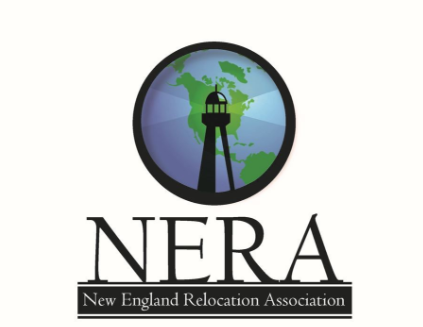TRC Global Mobility Blog

Navigating the New Norm: Understanding Why Companies are Requiring Return to Office
Many companies are implementing a Return to Office (RTO) policy for their employees, and as employees wonder why companies are requiring return to office, they’re learning that they have to balance their requirements with employee pushback. A survey of 1,000 corporate...

Helping Relocating Employees Make an Informed Choice Between New Construction and Existing Homes
For relocating employees embarking on their relocation journey, finding the right home helps ensure a smooth transition to the new locale. New and existing homes have pros and cons, and deciding whether to invest in new construction or opt for an existing property is...

Domestic Relocation Services: The Final Move and Other Relocation Benefits
As part of a company's domestic relocation services, the final move benefit has remained consistent, apart from the repeal of the moving expense deduction as part of the Tax Cuts and Jobs Act. Most companies reimburse final move expenses after the trip has taken...
TRC News

John Svahra, CRP Joins NERA Board, Earns CRP® Designation
TRC Global Mobility (TRC) is pleased to announce that John Svahra, CRP, Director, Global Business Development, has been elected to the Board of Directors of the New England Relocation Association (NERA) for 2024. NERA provides a forum for relocation professionals to:...

John Svahra Joins TRC Global Mobility as Director Global Business Development
TRC Global Mobility, Inc. (TRC) is pleased to announce that John Svahra has joined the company as Director Global Business Development. Based in Connecticut, John will represent TRC in the Northeast US. John is a well-versed global mobility leader with 20 years of...

Leo Capotorto, CRP, GMS-T, MBA Elected VP of the St. Louis Employee Relocation Council Board
TRC Global Mobility is excited to announce that Leo Capotorto, CRP, GMS-T, MBA, has been elected as the Vice President of the Board of Directors of the St. Louis Employee Relocation Council (STLERC) for 2023. As Vice President, Leo holds a seat on the STLERC Executive...
eBooks
TRC ebooks give you in-depth information on current relocation trends and best practices.
Case Studies
Here are just a few recent examples of our successful client projects.

TRC Centralizes Mobility Program, Manages Complex Multinational Implementation in 30 Days

TRC Facilitates an International Client’s Extended Multinational Employee Training Program

Benchmarking Relocation Policy Reduces Costs, Preserves Employee Satisfaction
Pulse Survey
Share Your Thoughts!
As a global mobility professional, please take a moment to share your thoughts on the relocation questions we’re all talking about. We will share the results of all of these surveys.
Relocation Conferences and Events
To make sure we stay on the cutting edge of global talent mobility thought and continue to offer our clients fresh perspectives, TRC participates in and exhibits at many global mobility events, relocation conferences, human resources and supply chain meetings, and trade shows. We hope to see you at many of these events.
April 9-11, 2024 St. Charles, MO
Philadelphia Area Relocation Council Spring Summit
April 11, 2024 Ambler, PA
North Texas Relocation Professionals Spring Conference
April 30, 2024 Irving, TX
April 29-May 2, 2024 Vilamoura, Portugal
May 2, 2024 Basking Ridge, NJ
New England Relocation Association
May 2, 2024 Boston, MA
Southern California Relocation Council Spring Event
May 2, 2024 TBD, CA
Southeastern Regional Relocation Council
May 7-8, 2024 Orlando, FL
May 8, 2024 Portland, OR
Metro Atlanta Relocation Council
May 15, 2024 Atlanta, GA
May 16-16, 2024 Austin, TX
World at Work Total Rewards ’24
May 20-22, 2024 Cincinnati, OH
Corporate Relocation Council (Chicago)
June 1, 2024 Chicago, IL
Wisconsin Employee Relocation Council
June 12, 2024 Milwaukee, WI
Philadelphia Area Relocation Council Member Appreciation
June 13, 2024 Blue Bell, PA
SHRM 24 Annual Conference & Expo
June 23-26, 2024 Chicago, IL
Southern California Relocation Council Fall Event
August 22, 2024 TBD, CA
North Texas Relocation Professionals Fall Conference
September 11-12, 2024 TBD, TX
Wisconsin Employee Relocation Council
September 12, 2024 Milwaukee, WI
New England Relocation Association
September 26, 2024 Providence, RI
Philadelphia Area Relocation Council Fall Summit
October 10, 2024 Glen Mills, PA
WERC Global Workforce Symposium
October 22-25, 2024 National Harbor, MD
Southern California Relocation Council Holiday Event
November 14, 2024 TBD, CA
North Texas Relocation Professionals Holiday Breakfast
December 6, 2024 TBD, TX
Wisconsin Employee Relocation Council
December 12, 2024 Milwaukee, WI

